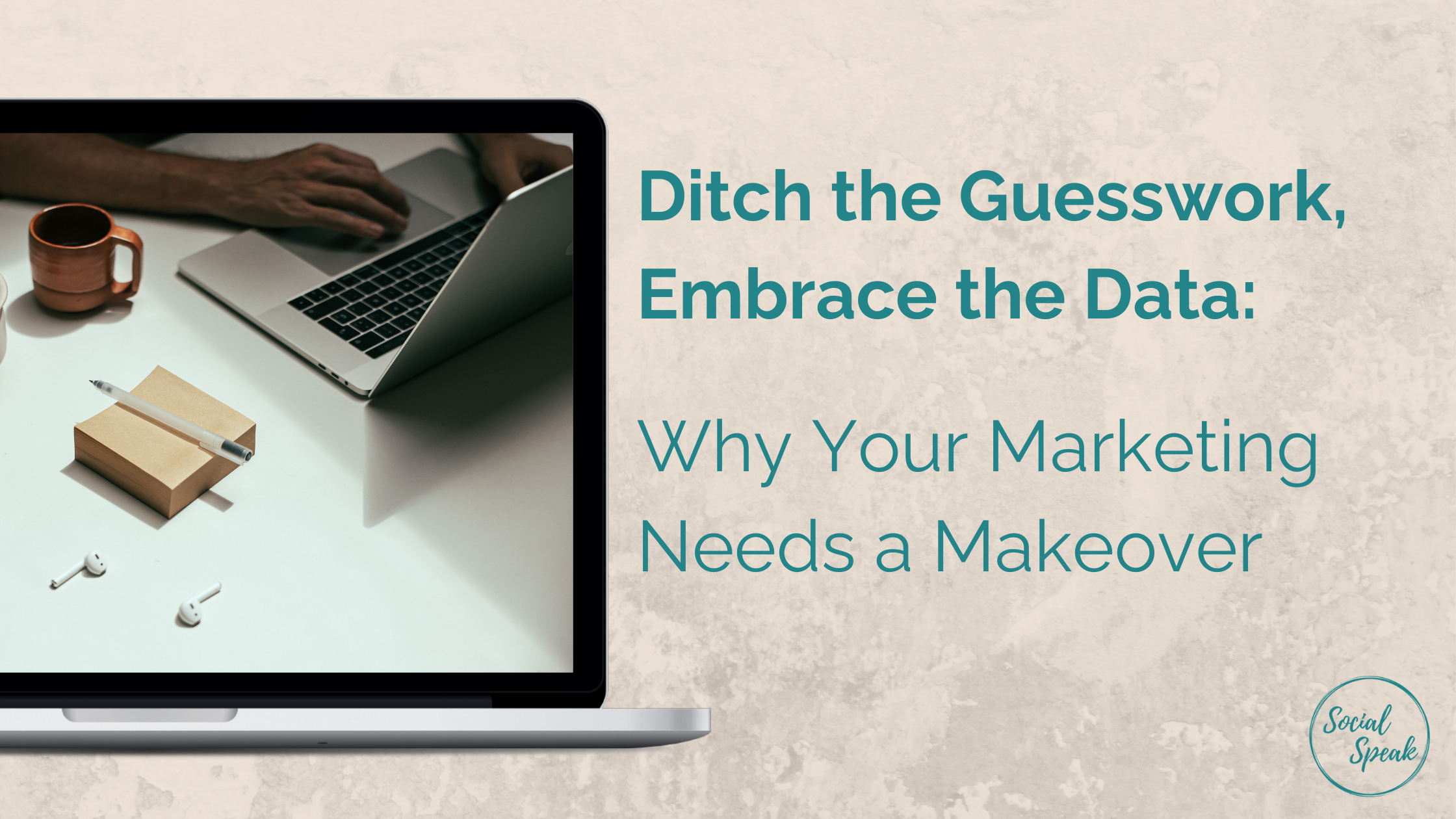Ever feel like you’re throwing your marketing budget into a black hole, crossing your fingers, and hoping something sticks? In today’s data-driven landscape, businesses need more thoughtful strategies to reach the right customers and maximize their marketing ROI.
That’s where data-driven marketing comes in.
What is data-driven marketing?
So, what exactly is this data-driven marketing? It’s basically using real numbers and insights to guide your marketing decisions.
Think of it like this: Instead of blindly throwing ads out there and hoping for the best, you’re analyzing data to understand what works, what doesn’t, and who you should target.
The goal is to tailor your approach to resonate with exactly the right people at the right time and in the right way. When done right, this can lead to a significant increase in sales.
But how exactly do you transform data into marketing magic?
From Numbers to Nuggets
You might be wondering… where does data come from? Well, it’s everywhere! Your website visits, social media clicks, email opens, and even those abandoned shopping carts can say a lot about your business.
It lets you see exactly what your customers want, where they hang out online, and what makes them tick.
Collecting and analyzing data might sound intimidating, but it doesn’t have to be. There are tons of user-friendly tools and platforms out there, like Google Analytics and social media insights, that make it easy to gather valuable information about your audience and online presence.
And guess what? The benefits go beyond just sales and conversions. Data can help you build stronger relationships with your customers by showing you what they care about and how they interact with your brand. It’s like having a secret conversation with your audience, understanding their needs and desires on a deeper level.
Turning Insights into Action
Now, the fun part – transforming insights into action. Remember those people you’re trying to reach? Data can help you paint a vivid picture of who they are, what they like, and where they hang out online.
Once you’ve got your data, you can use it to:
- Target the right audience: No more throwing darts in the dark! Data helps you pinpoint your ideal customers with laser precision so your marketing efforts aren’t wasted on the wrong people.
- Craft irresistible messages: Forget generic ads that nobody remembers. Data tells you what resonates with your audience so you can create personalized content that grabs their attention and keeps them engaged.
- Boost your campaign performance: Data is your feedback loop, showing you what’s working and what’s not. You can tweak your strategies on the fly, optimize your campaigns, and watch your ROI soar.
Conquering Data-Driven Hurdles
While data-driven marketing might seem daunting, conquering the data peaks is achievable for any business.
Here’s a quick guide to overcoming common hurdles:
- Cost concerns: Free tools like Google Analytics and social media dashboards offer powerful insights without breaking the bank. Start small, track basic metrics, and watch those insights blossom.
- Lack of data: Track basic metrics like social media engagement, website traffic, and email open rates to help you understand your audience.
- Analysis paralysis: Focus on straightforward questions and basic data analysis techniques like charts and graphs. Remember, even small, actionable insights can make a big difference.
Equip yourself with the right tools, and watch your marketing efforts reach new heights!
Final thoughts
Think of data-driven marketing as your secret weapon, your roadmap to marketing success. It’s not about fancy algorithms or complex science – it’s about understanding your customers like never before and using that knowledge to create campaigns that resonate, convert, and leave them wanting more.
So, say goodbye to guesswork and embrace the data. It’s time to cook up some marketing magic that turns your audience into loyal fans!













